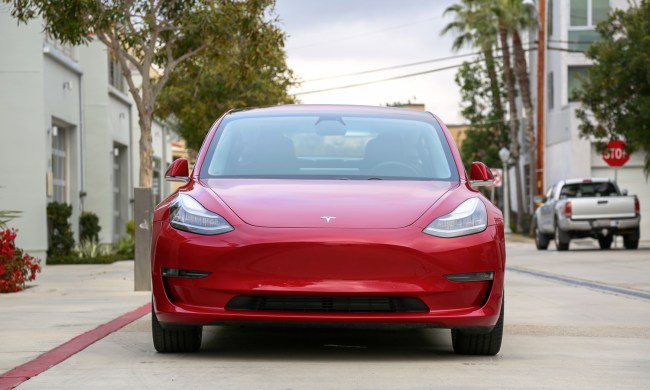Tesla boss Elon Musk said this week that the automaker ditched the lumbar support feature on the front passenger seat of the Model 3 and Model Y because vehicle logs revealed that it was hardly used.
“Logs showed almost no usage,” Musk tweeted in response to a follower who was complaining about Tesla’s recent price hikes, adding, “Not worth cost/mass for everyone when almost never used.”
However, even the briefest of online searches uncover plenty of comments that indicate the feature, which is designed to improve comfort via subtle seat adjustments, was rarely used because few people knew about it.
The person behind the Drive Tesla account on Twitter, for example, admitted last year that it took a while to realize what the button on the side of the seat was actually for.
I’m not ashamed to admit I only discovered this week that this is the lumbar support. What feature did you only discover weeks or months after owning your #Tesla? pic.twitter.com/pA0aZKiW8g
— Drive Tesla 🇨🇦 (@DriveTeslaca) February 27, 2020
In a Tesla forum, another driver wrote, “LOL I have had my TM3 almost 5 months and until I found this thread I didn’t know I had lumbar adjustments.”
On a separate Tesla-focused site, an owner said simply, “We have lumbar buttons?!?”
Some posts about the feature suggest people may have stopped using it after finding that it provided little improvement to comfort. Other drivers, meanwhile, complained that it was hard to operate, with one poster saying they found the controls “finicky,” adding that they “don’t always seem to be working.”
Offering a succinct summary of the situation, a commenter on a YouTube video about the feature’s removal wrote, “Amazing how many people are losing their sh*t over something that they’ve got to go out to their car to see if they even have it or not!”
Responding to Musk’s tweet about the removal of lumbar support from the Model 3 and Model Y vehicles, some Tesla owners had an alternative suggestion about why it’s hardly used, explaining that once you’ve set it to your liking, there’s rarely a need to adjust it — though it’s worth noting that the driver’s seat is keeping the feature.
Of course, features in the passenger seat will always be used less than those on the driver’s side because the seat is occupied less frequently, though it’s not clear if Tesla took this into consideration. Whatever the truth about precisely why passengers skipped using lumbar support, Tesla has decided to remove it anyway, leaving riders to use the regular seat buttons to adjust the seat to their liking.


